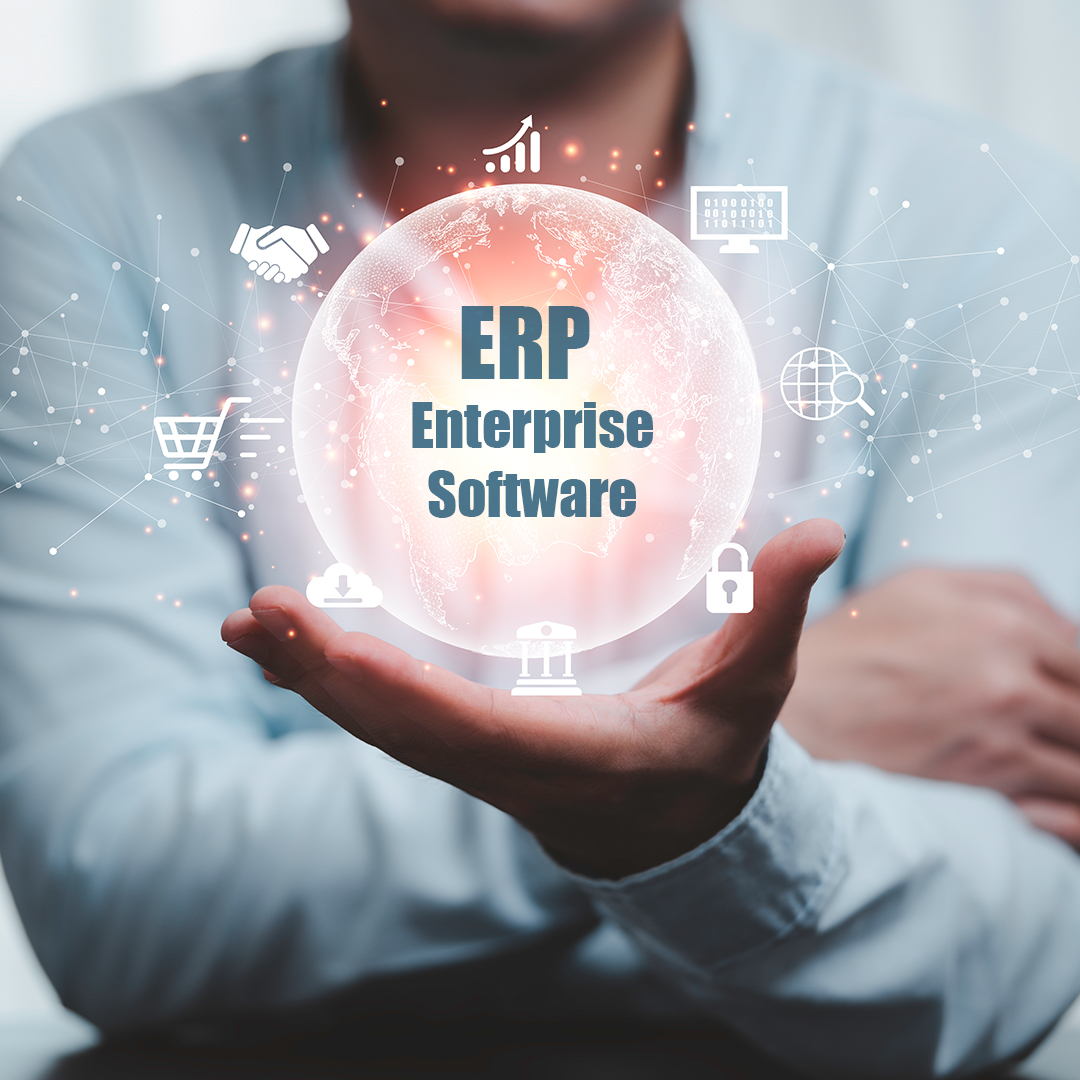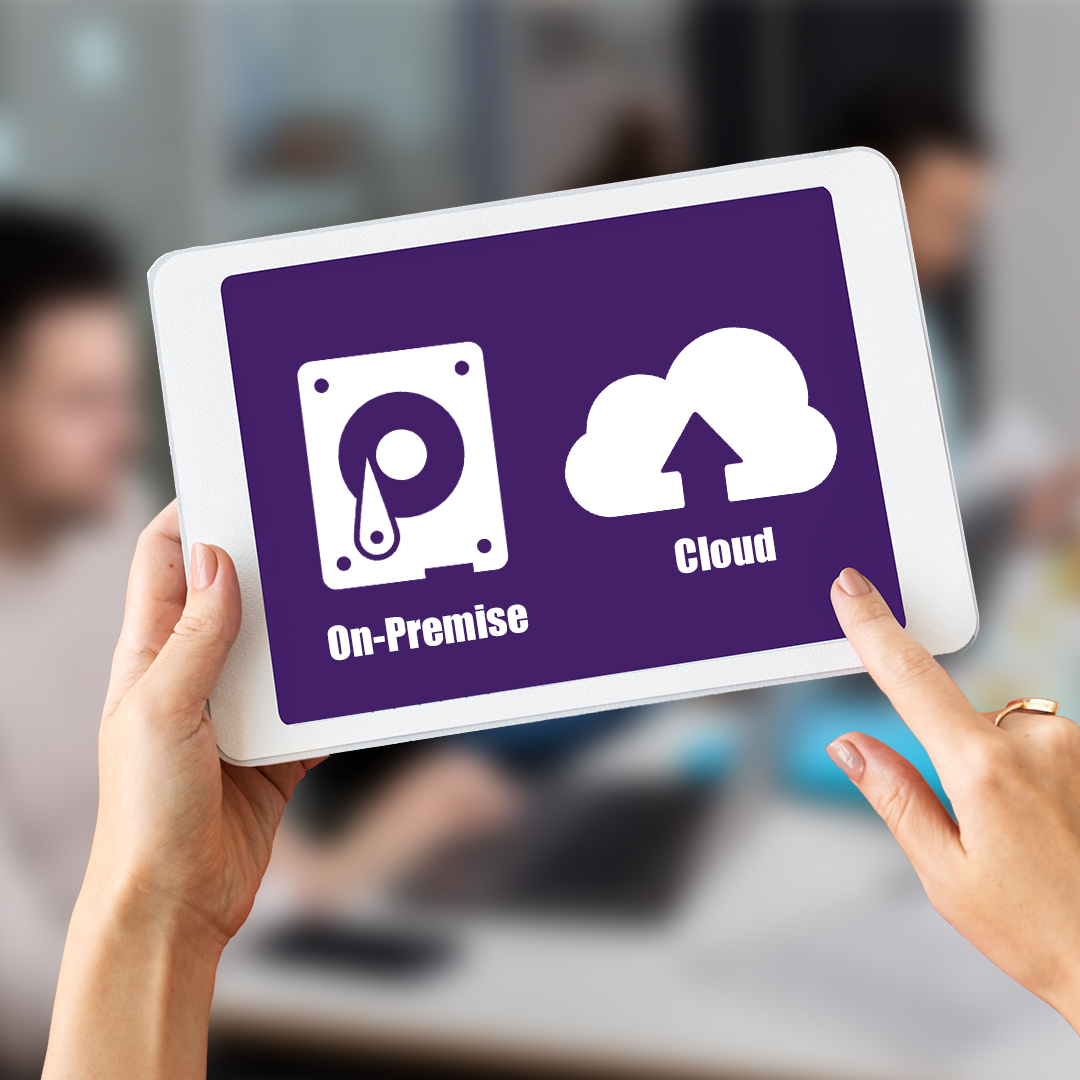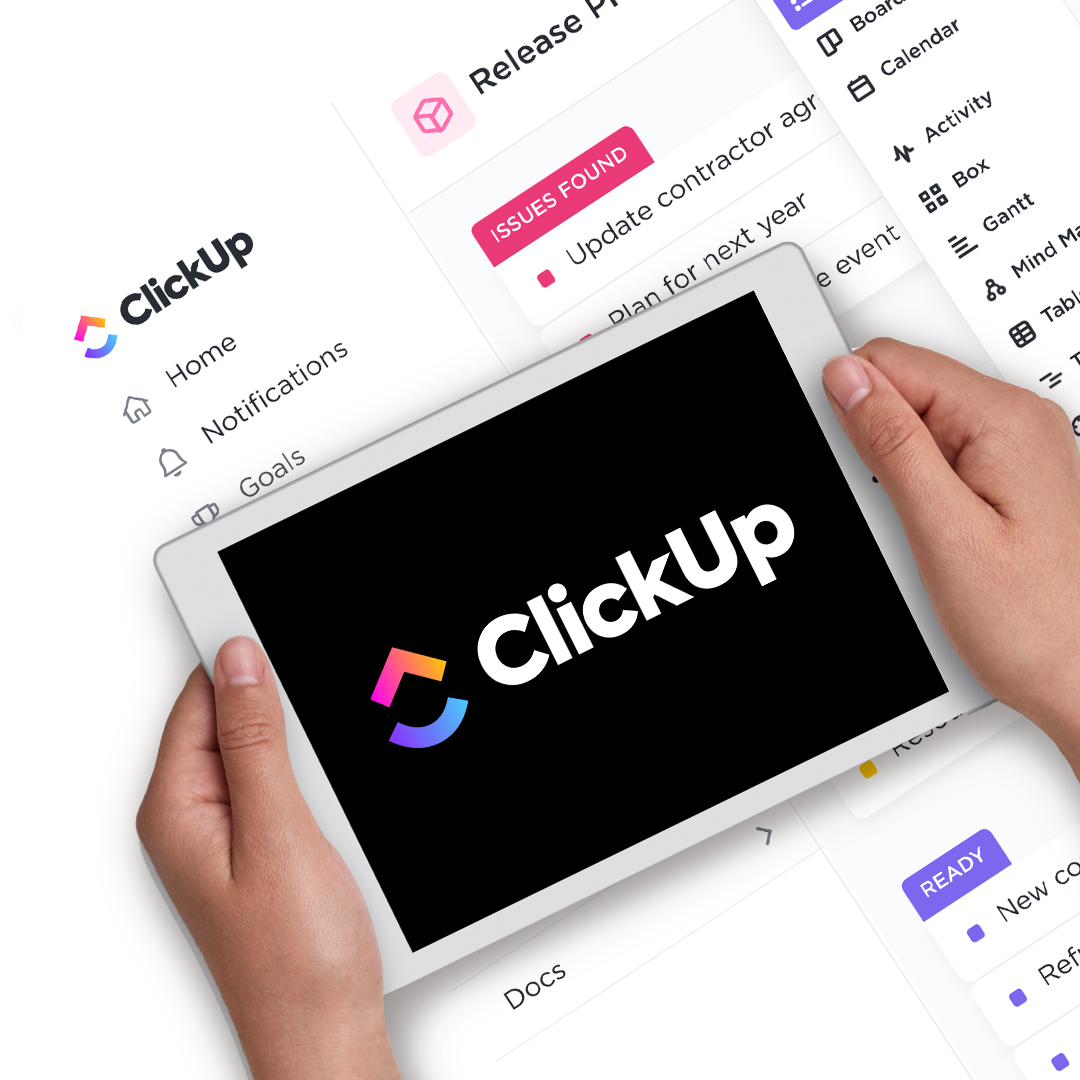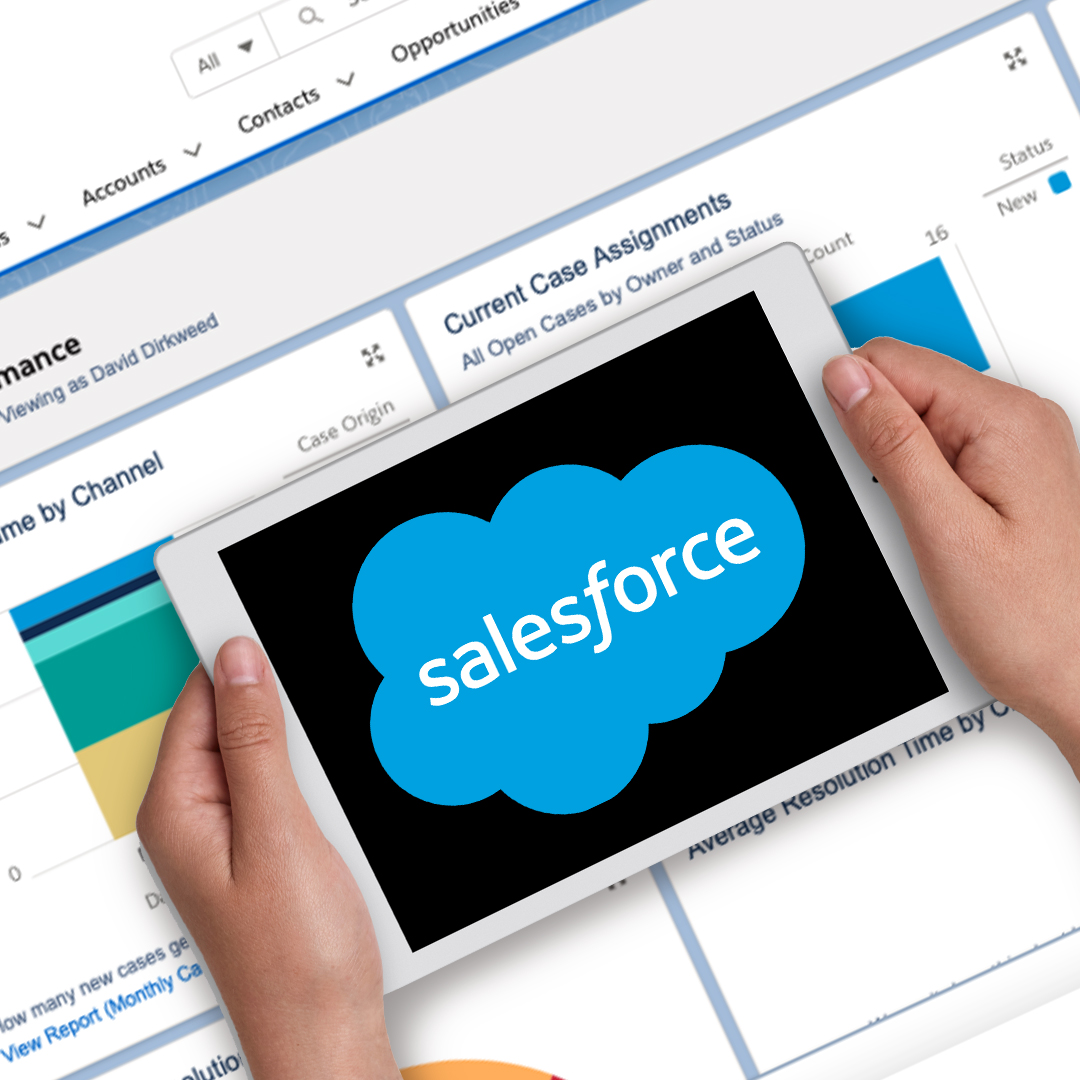Enterprise Resource Planning (ERP) Systems & Solutions – Critical Features, Benefits, and the Best Software
Business administration is not a walk in the park, but it could be made one with ERP or Enterprise Resource Planning systems, also known as enterprise application software. These software solutions help them avoid injudicious moves or an unsteady foundation that may cause the entire business structure to collapse.
ERP systems can manage far too many moving elements in any business, from personnel and different work sites to storage, distribution, supply chains, and more. Another advantage of enterprise software is that it can automate procedures, save money, and cut down on errors.
There are several definitions and criteria for businesses. Most enterprises employ thousands or more people and have many local, national, or worldwide locations. This is where implementing an ERP solution can help in outperforming manual effort.
An ERP platform can integrate all corporate departments into a single system favoring employees to access accurate business data. This approach in Enterprise Resource Management systems allows them to complete daily assignments on schedule while also making it easier to get the information needed.
Naturally, multiple degrees of access are required. It is critical to connect those departments that interact with one another on a regular basis using various ERP modules. By partnering with an industry-acclaimed enterprise software development service provider, you can develop a new ERP suited to your organization or tweak a current one with custom module integration.
This article discusses the features, capabilities, advantages, purchase considerations, and best ERP solutions for your enterprise-level functions.
Features of ERP Enterprise Software
ERP system is a business intelligence software solution that handles the company's data while also giving optimization and accessibility to corporate divisions. Implementing such ERP software offers several business perks while improving workflow efficiency.
Scalability, analytics, real-time monitoring, and other technologies are available in enterprise platforms so that you are able to address them along with other factors.
The features and needs differ from one organization to the next. Although not all ERP platforms/solutions are the same, they do share several features and characteristics.

1. Flexibility and Scalability: Companies are continuously undergoing both planned and unplanned changes. You may need to lay off or dismiss a number of people, close plants/warehouses, open new plants/warehouses, develop new alliances, or invest in new technologies. Most enterprise resource planning systems provide the flexibility and scalability needed to swiftly react to changes and interconnections.
2. Content Management: Purchasing a content management system (CMS) module or independent system streamlines and speeds up content authoring, editing, and publishing for websites and blogs. Instead of paying an IT staff to do substantial coding, you may sign up for enterprise management systems that will allow you to develop your perfect online space for spreading updates and connecting with present and new clients.
3. Analytics: In order to make well-informed company decisions on employees, revenue, account payables and receivables, customer feedback, and other topics, use in-depth analytics to gauge and assess KPIs. Consider investing in business analytics (BA) enterprise application software/technologies for the same.
Key Benefits of ERP Software Solutions
Enhanced Productivity: ERP solutions have a significant feature of automating invoice creation to marketing automation. This frees up employees' time to be more productive in other areas while also ensuring that key activities do not go unnoticed.
Cuts Down Operational Costs: These systems can assist in saving costs and enhance profitability across all areas in your organization. Using various ERP modules you can cover from manufacturing to finance, thereby increasing the efficiency of operational operations.
Integrated Information: An ERP platform consolidates information from all departments into a single source. Even if your company is tiny, this makes it easy to communicate consistent, distinctive, and correct data. As a result, departmental cooperation becomes more consistent. Having access to a multitude of precise, up-to-date data facilitates high-level business activities such as forecasting, planning, and decision-making.
Competitive Edge: Purchasing a modern enterprise platform/system can place you ahead of the competition simply by providing you with business intelligence that they do not have. The combination of real-time data and enhanced agility allows you to zero in on latent competitive advantages, drive product development, and adapt to change rapidly.
System Flexibility: Cloud ERP platforms allow employees to work from anywhere. Furthermore, when the company grows, these systems can be modified to handle workforce changes and more users, facilitating scalability.
Easier Planning and Reporting: Enterprise Resource Planning systems or suites are centralized reporting systems. Without the participation of an IT specialist, accurate, real-time data may be created and circulated. Employees may generate reports, identify problems, and provide immediate fixes. Interdepartmental databases are designed to integrate information for quick access.
Superior Data Security: Data security is at the heart of any Enterprise Management system. Controls on who can see and update sensitive information exist in enterprise management systems that span many business departments. When opposed to dispersed sources on various systems, combining information into a single repository, whether on-premise or in the Cloud, strengthens security.
Enhanced Customer Service: ERP systems allow customer care and sales staff to easily access customer data, making it easier to answer customer complaints and follow experience history.
Collaboration Among Departments: ERP solutions enable multiple departments to communicate system-integrated information remotely. Suppliers may also track stock balances and prepare ahead of time, which streamlines your supply chain processes.
Considerations for Purchasing an ERP System
Investing in a new solution might be too expensive. However, there are other factors to consider when you look for potential enterprise software development providers. It might affect the total cost of ownership (TCO) of a program, such as deployment, company size, needs, and more.
The Right Deployment Method

On-Premise: On-premise, which is suitable for startups and small businesses, allows you to store corporate software and data on your company's servers and hard drives. If you don't need to travel frequently or manage many work sites locally or worldwide, this is the perfect ERP system for you.
Cloud: Cloud software, which is appropriate for mid-sized and multinational organizations, allows you to save and host the solution through the internet on a third-party server. You free up space on your company's servers and have mobile access for tablets, laptops, and smartphones even while you're not at work. ERP platform subscription plans for Cloud services are often inexpensive.
Enterprise Software Features That Are Most Suited To Your Company
You must decide which standards are most appropriate for your departments and activities. The more explicit your needs are, the higher your chances of obtaining the appropriate answer. Speaking with department heads can assist you in determining what they require while eliminating superfluous tools and add-ons.
If you already have an ERP in place, you don’t have to switch it to a new system. Assess your new organizational requirements and decide whether you need a new one or a tune-up of the old one. Sometimes, your solution may only require a tune-up rather than a complete replacement.
In this instance, you'd simply look for a suitable or compatible software add-on and integrate it with your current system.
Best ERP Systems
Enterprise software systems encompass a wide range of departments and businesses. As a result, we've concentrated on non-ERP technologies that streamline project management, marketing automation (MA), business phone systems, and other chores. Let's take a look at each system and how its features and advantages help to simplify procedures.
1. ClickUp
ClickUp is a project management application that allows businesses to plan, organize, and collaborate on a variety of tasks. It services all sectors and caters to all business sizes. Gantt charts, dashboards, time tracking, and to-do lists are among its most popular components.
Leading Benefits:
Streamlines Workflows: To increase productivity, clarify procedures with simple tools such as sales, planning, and execution techniques.
Reduces Confusion: Create tasks throughout the early phases of a project to set goals for increased productivity.
Provides Realistic Deadlines: Use machine learning to create more realistic timeframes and reduce erroneous estimations. This tool guarantees that you fulfill your objectives on schedule and boosts your efficiency.
Includes A Number Of Filters: To get more done and boost income, use three distinct perspectives to evaluate projects and tasks.

Centralizes Workflows: For improved productivity and administration, organize projects and tasks on a single dashboard. It also streamlines employee job allocation in order to better align certain skill sets.
2. WordPress
WordPress, a well-known business-level software, prioritizes CMS features for online content publishing. It provides CSS-based site design tools, domain registration, and automatic updates via secure server hosting. Create blogs, email lists, forums, online storefronts, and membership sites, among other things. The most important features are content publication, plug-ins, themes, and SEO.
Leading Benefits:

Allows Customization: With the right tools, you may create comprehensive, professional websites, simple, personal blogs, a portfolio, or a combination of the three.
Unique Domains are Provided: Add customizable domain names to WordPress to better host and manage your brand.
Enhances Mobility: Make sites mobile-friendly with a single click, and use mobile devices to modify and submit content in real-time from nearly anywhere.
Easy-to-Use Editor: To prevent losing thoughts or notes, use an easy-to-use editor that automatically saves progress every few seconds.
Generates Detailed Reports: To better understand your readers, examine visitor data like location, the content they've read when they visited, and more.
3. Salesforce
Salesforce is a CRM and lead management solution that provides a whole product suite to oversee client interactions, comprehensive analytics, and tailored processes. Its key offerings are Sales Cloud, Service Cloud, Marketing Cloud, and Lightning Platform.
Leading Benefits:
Metric Reporting: Standard and customized reporting are used to manage transparent corporate performance reporting. Joint reports provide information evaluation in a variety of methods.
Improves Efficiency: By automating monotonous tasks, you can save time for strategic tasks.
Product Updates: Use new features based on feedback and develop tools to better client interactions.
Protects Data: Implement two-step or multi-factor authentication, as well as additional changes to accommodate customizable security permissions.

Provides a Centralized Interface to Users: This allows many teams to access a single UI rather than switching between platforms and displays.
4. HubSpot
HubSpot is a Cloud marketing automation (MA) solution that uses an inbound methodology and a customer-centric approach. It is suitable for all businesses and simplifies the prospect's experience from start to finish. CRM, sales, marketing, support, and CMS are its primary modules.
Leading Benefits:

Make Use of Total Scalability: Manage your company's growth at every level with free toolsets and paid add-ons you can buy as you expand in one location, eliminating growing pains.
Enhances Organization: With real-time, simplified tracking and updating capabilities, you can keep projects, teams, and data all in one place. Implement tiers to highlight certain employees and ensure that they have appropriate responsibilities that match their abilities.
Easy Navigation: Regardless of your technological skill, use an accessible interface and no-code-required capabilities.
All Prospects Are Monitored: Track prospects from the beginning of the buyer's journey to the end to better understand where leads are coming from and where they're heading.
Website Evaluations: Use the free website grader module to identify high and low places on your website. Access useful improvement recommendations for upgrading and improving layouts in order to reach a larger audience.
5. 8×8
Last but not least, 8x8 is a corporate phone system solution that provides unlimited calling, SMS, automated call-attendant, recording, and other capabilities for improved calling and virtual conference experiences. It has all-in-one communications, a business phone, video conferencing, team chat, and contact center features.
Leading Benefits:
Security and Compliance: Learn about full encryption and other methods for keeping calls and conferences secure. It also complies with HIPAA, FISMA, FCC, and other regulations.
Offers Global Reliability: You don't have to be concerned about failure spots all over the world since a secure data center with robust uptime ensures secure communications.
In-Depth Analytics: Gather suitable analytics and KPIs to assess and analyze data in order to make better business decisions.

Call Recordings are Saved: Store phone calls on PCs, Dropbox, or 8's cloud for improved protection and retrieval. Supervisors and other authorized staff can store calls as training materials.
High-Definition Videos: Use high-definition video conferencing for all devices and a maximum of 500 attendees. Participate in content sharing and cooperation.
Take a Higher Business Step With ERP!
Finding ERP enterprise software may be as difficult as purchasing new things for yourself. If you don't have a firm criteria list, you'll become overwhelmed by many providers and solutions. You require software that best fulfills the objectives of your company or business. And for that, it is always ideal to do in-depth research about leading enterprise software development providers.
They can help address specific or all of your business needs and challenges to the dot with the help of exceptional ERP systems. Implementing such an efficient system will well align all your operational aspects and towards building a leading business edge.


